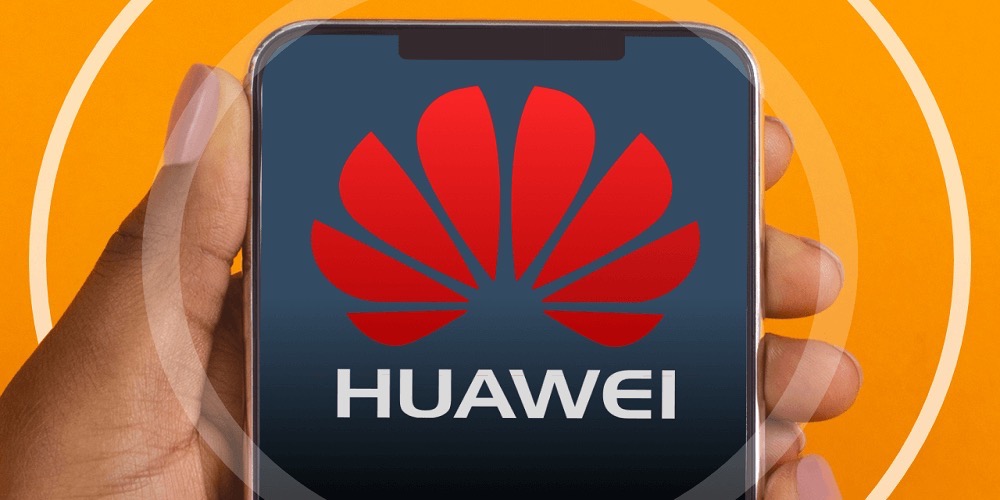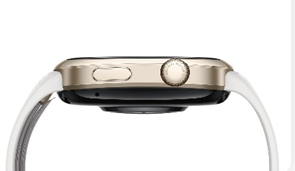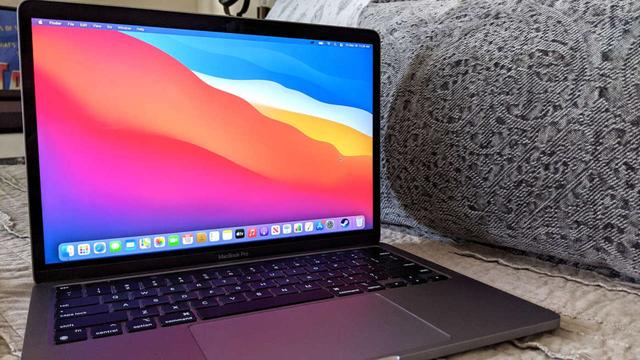Plenty of dust! Blow away the Kiho...
20
04
Plenty of dust! Blow away the Kihon of PC cleaning
The PC sucks in the dust and sidestream smoke in the room !!
The last of the cleaning special feature is the cleaning technique of the favorite PC body. Most PCs and external HDDs are equipped with fans, and various parts inside the PC are cooled by the flow of air from intake to exhaust.
The air taken in includes minute dust flying in the room. Even such a small amount of dust "is a mountain if dust is piled up", and even if you do not clean it for just one year, the inside of the PC and various fans will be covered with dust.
This year's dust will be cleaned by the end of this year while humming (with the rhythm of Astro Fighter Sunred OP "Mizonokuchi Taiyo-zoku") !!
I wonder if it's okay because I can't see it inside the PC, but dust on the heat sink and fan of the cooling cooler also hinders the cooling effect and quietness, so I want to clean it once a year.
Don't let your guard down, "It's okay because the intake fan isn't attached." The exhaust from the inside of the PC and the fan of the cooling cooler of the CPU and the video card create a flow of wind inside the PC case.
Even if it is not equipped with an intake fan, intake is performed through gaps such as the I / O port on the back of the PC and the USB port on the front of the PC case.
This is the reason why dust often collects in USB ports, etc., and the dust is firmly sucked inside. This is the same as the external HDD case, so remove the cover once and check the inside.
Although it is a slapstick, many recent PC cases are equipped with a dust filter in the intake part to prevent dust from entering. It doesn't mean that cleaning isn't necessary at all, but it saves you the trouble of cleaning, so if you're building a new PC during the New Year holidays, it's a good idea to use a PC case equipped with a dust filter.
Popular for its affordability and quietness, the Antec PC case "P100" is equipped with a dust filter on the front and power supply unit mounting part.
Blow Blow Blow more !! Blow everything away !!
First, remove the side panel of the PC case and use an air duster to thoroughly blow off the dust that has accumulated inside. The PC I used as an example opened for almost a year, and the NAS for the first time in two years, but it was much better than I had imagined.

Although dust is accumulated, there is little cotton-like dust and the lumps are small, and it is a level that can be blown off cleanly with a single blow of an air duster. However, it will be in this state in 1 to 2 years, so if you haven't cleaned it for 4 or 5 years, be prepared for 2 to 3 times more dust and dirt.
By the way, since the author smokes in the room where the PC is located, the PC also inhales second-hand smoke. Therefore, the dust is completely dyed in the brown color of the tar, and the inside of the PC case is totally sticky.
I wanted to spray it with Magic Lin and wash it, but of course I can't do that with a PC, so I decided to wipe it off with a strong type of wet tissue. Smoke lovers may need to be prepared.
Plenty of cotton-like dust adheres to the front intake fan (left), the CPU cooling cooler where the outside air sucked by the fan hits, and the memory slot (right).
Although it is not cotton-like, dust is accumulated as it is, and dust adheres to the cable part etc.
HDD with NAS (left) and exhaust fan (right). Since air is taken in from the slit in the HDD bay, the HDD is also covered with dust. Granular dust is also on the exhaust fan ...
If it's in a bad condition, you can use a vacuum cleaner to suck it up, but you don't want to touch the surface of the board such as the motherboard, video card, or HDD with the suction port or brush of the vacuum cleaner.
There is almost no concern that the CPU and memory will be damaged by static electricity, but since it is not zero, it is safer to use it only for parts without energizing parts such as the intake part of the PC case housing, dust filter, fan and heat sink.
In addition, although it is an air duster that can easily blow off dust, the point when using it is the direction of blowing. You don't have to worry too much when blowing a large surface such as the inside of a PC, but the cotton-like dust that adheres to the air intake on the front of the PC case and the fins of the heat sink basically exhausts the air normally. Dust is easier to fly if you blow from the side where you are in the air to the side where you are inhaling.
Also, when blowing the fan, be careful not to let dust get into the gap of the rotating shaft at the base of the blade. There is no problem with some dust, but if the cotton-like dust that has been left for several years gets entangled with the shaft, it may lead to a malfunction or an increase in rotational noise.
Bring the air duster outlet closer and blow off the dust at once.
Let's blow the fan so that dust does not enter the gap of the shaft part as much as possible
Also, don't forget to disconnect the power cable of your PC before you start cleaning to completely stop the flow of electricity. Even if you make a mistake, you shouldn't clean it in sleep mode. Also, keep in mind that the chances of your PC parts being damaged during cleaning are not zero.
→ Continue to the next page (Maintenance of CPU cooler)








